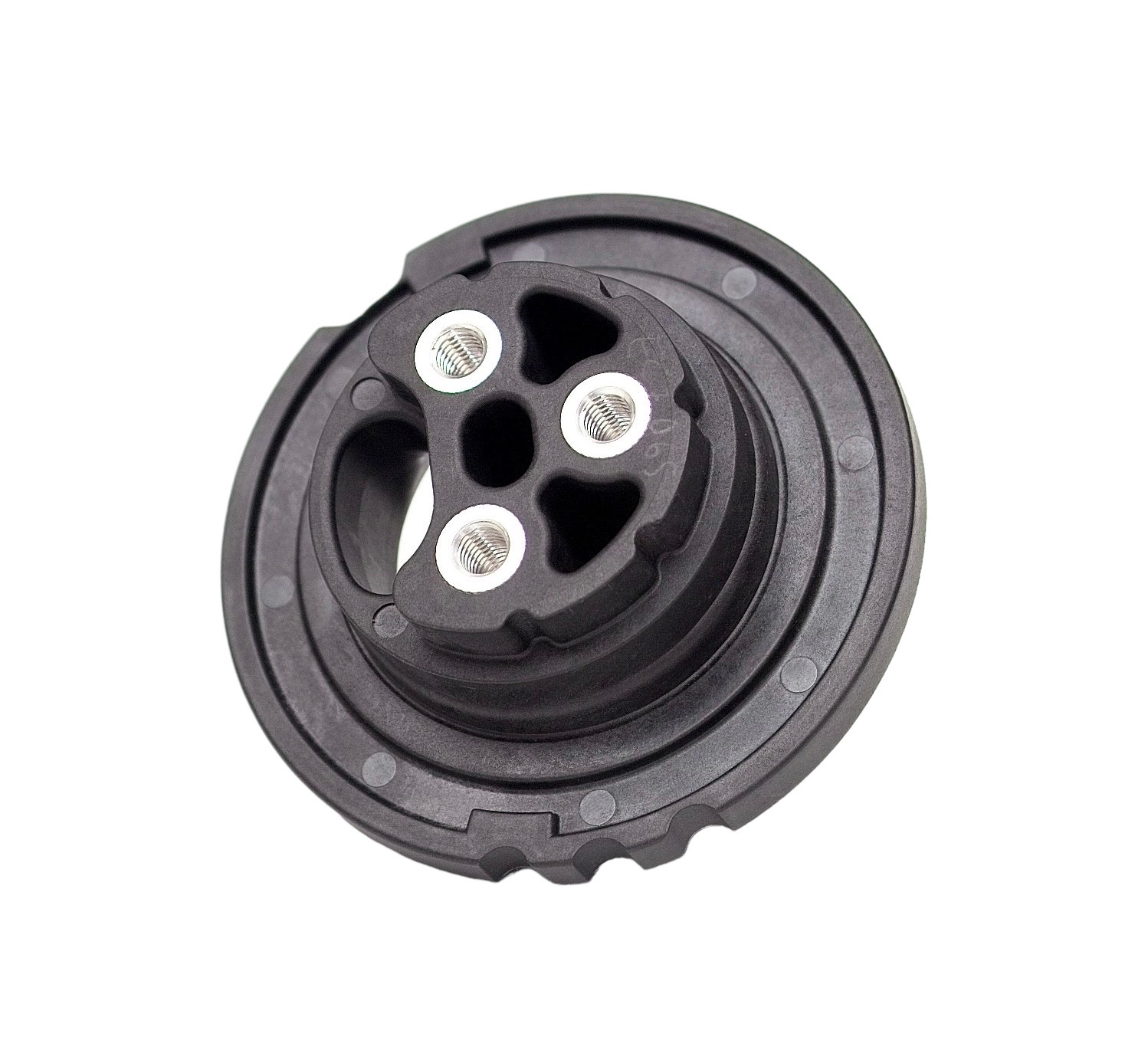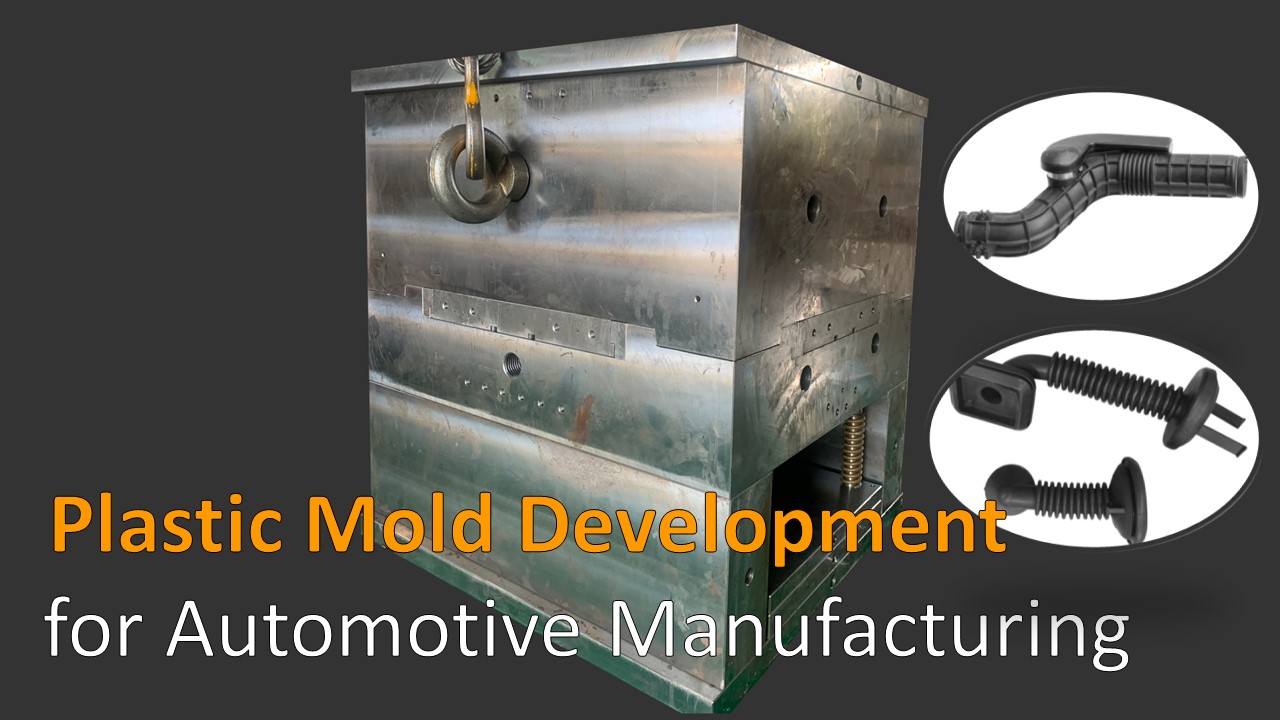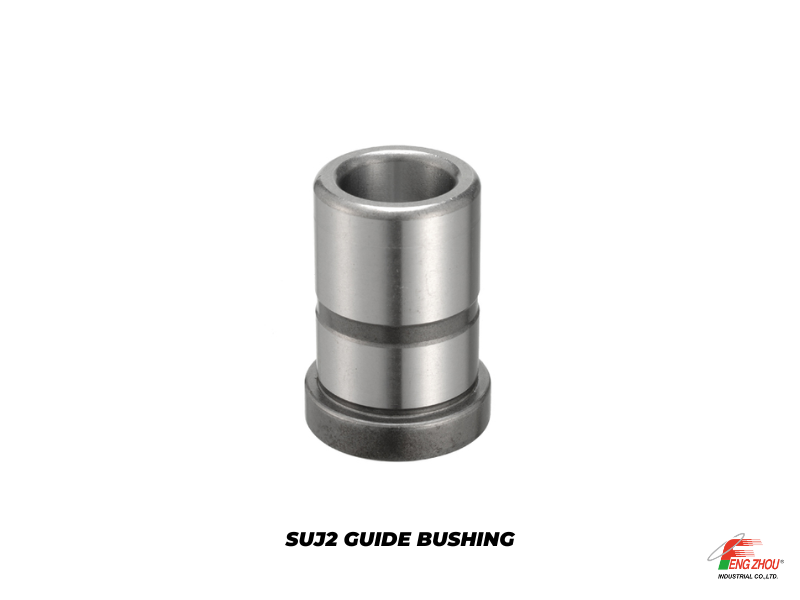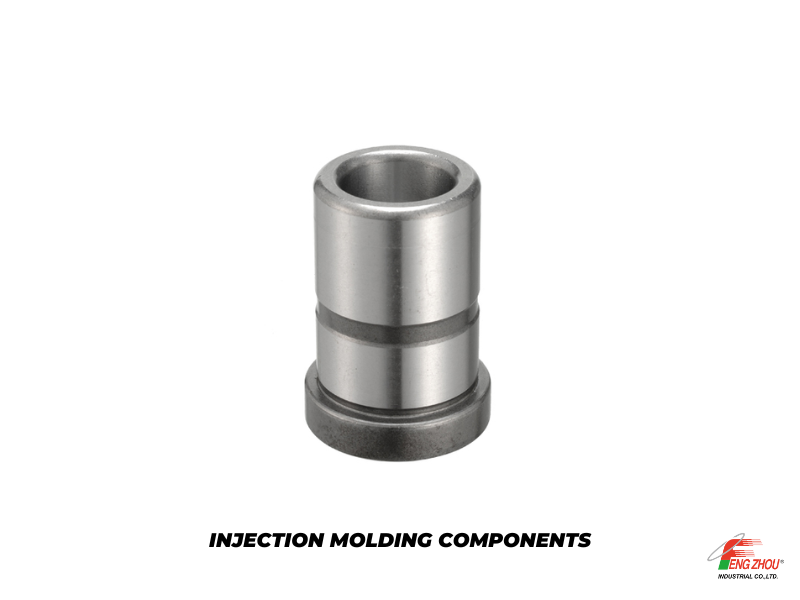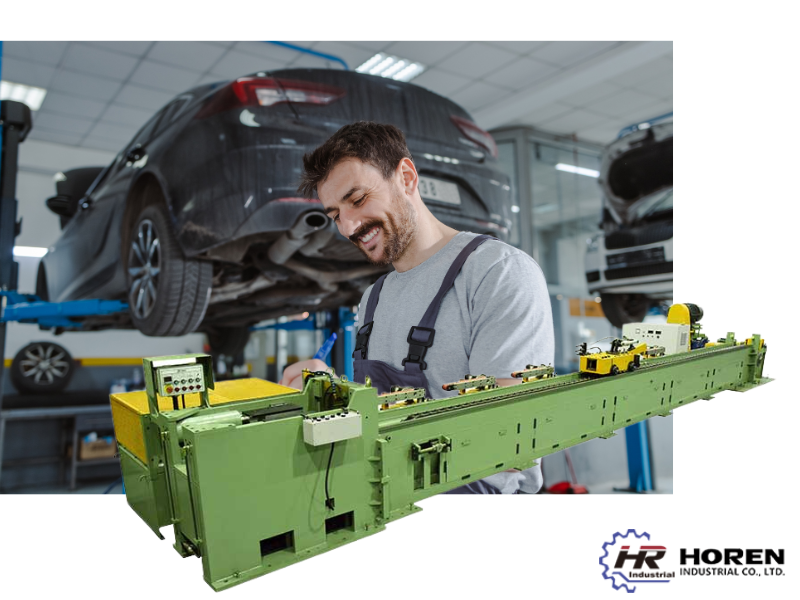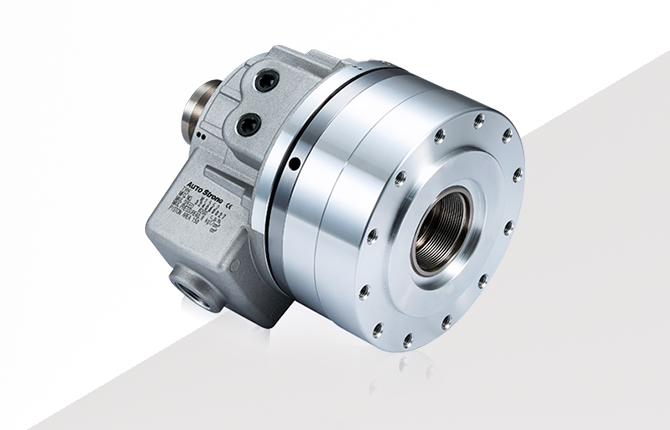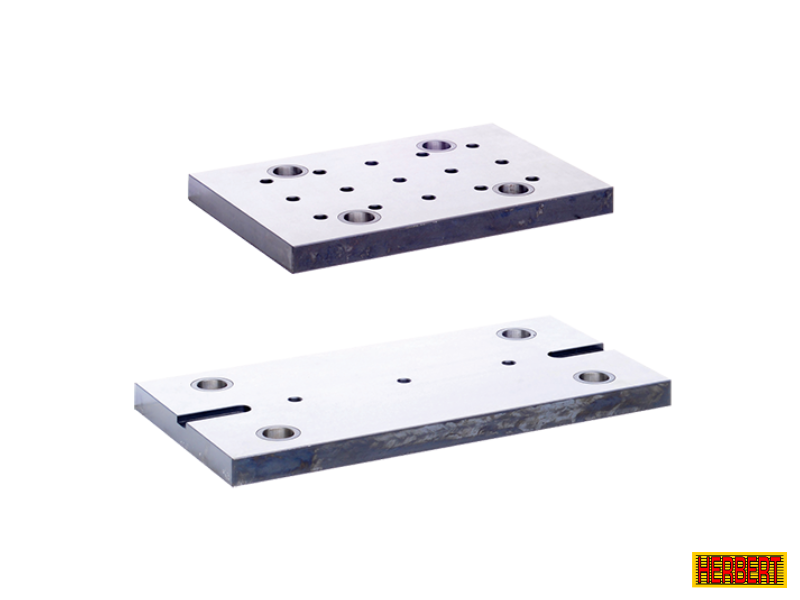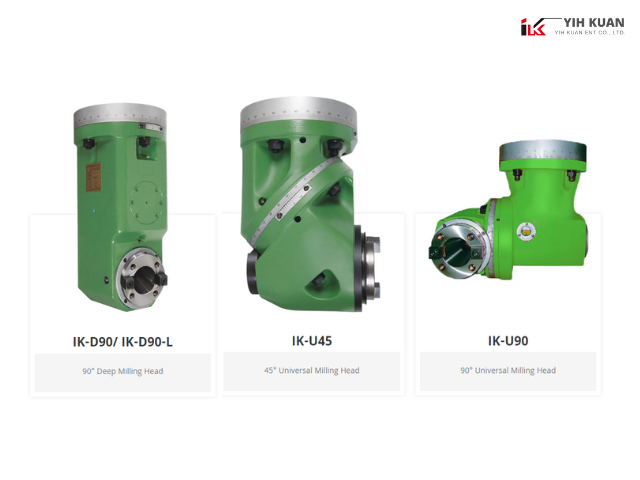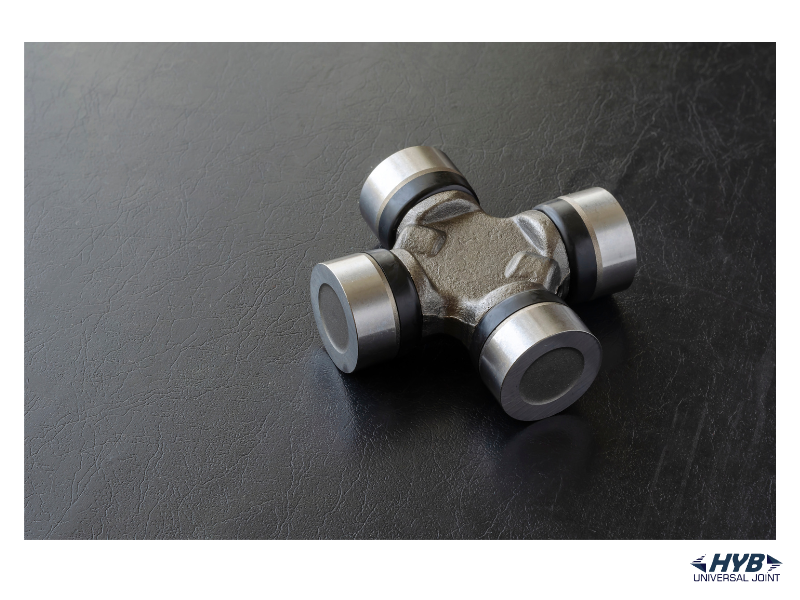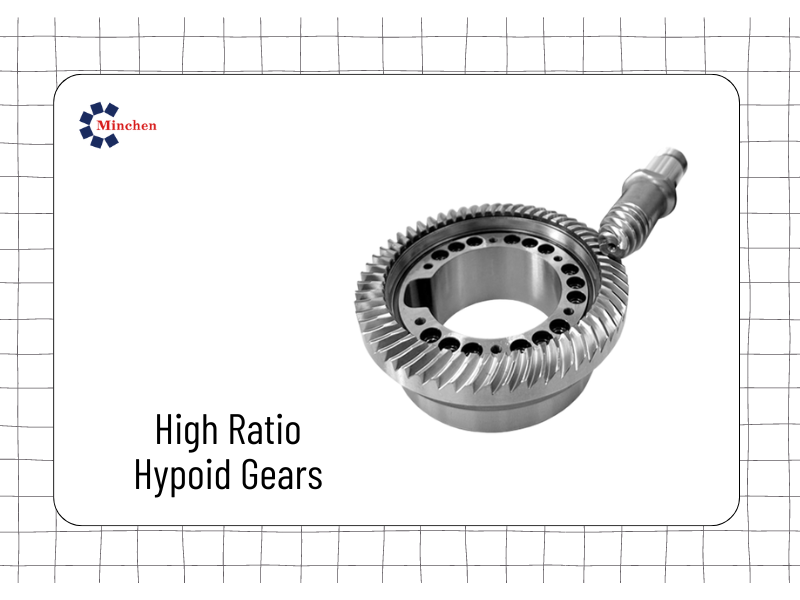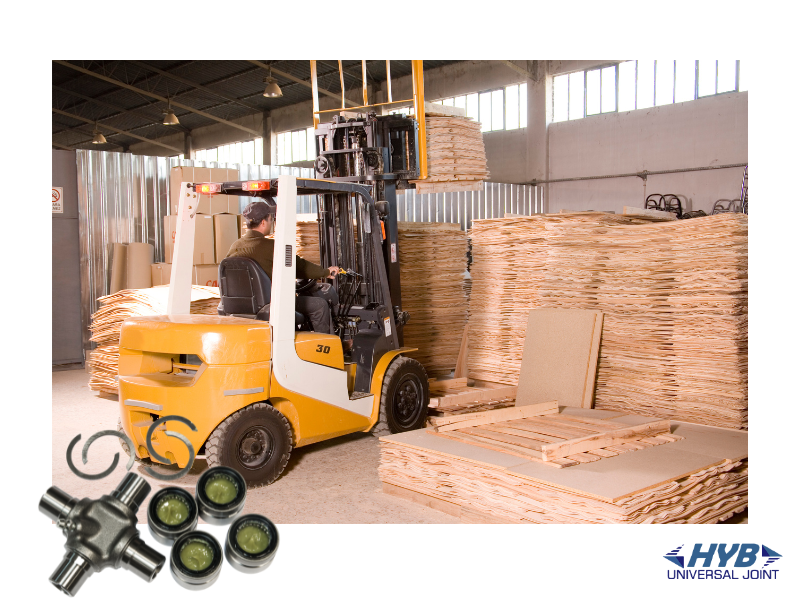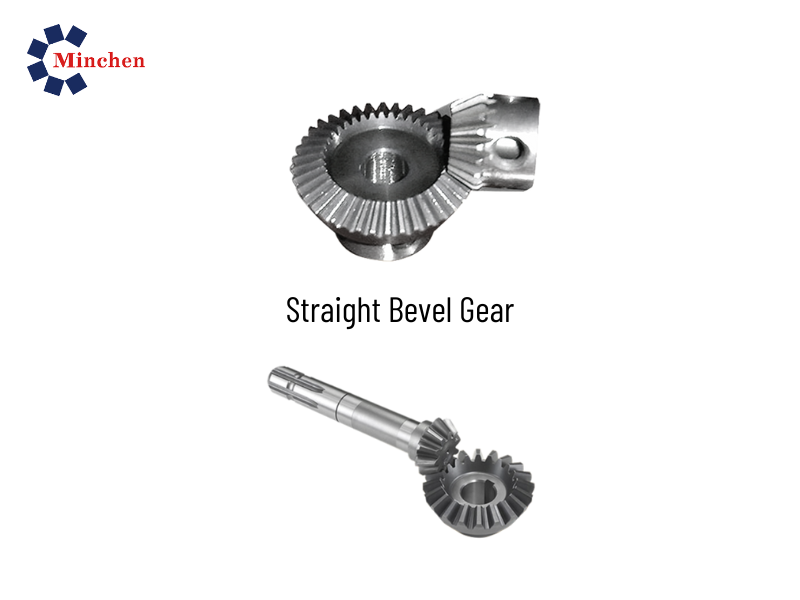How Does a Vertical Milling Machine Work?
2023-01-04Machinery From:YIH KUAN ENT CO., LTD.

Vertical milling machines are a type of milling machine that is used to carry out various types of operations on a workpiece. The vertical milling machine gets its name from the fact that the spindle, which holds the cutting tool, is mounted in a vertical position with respect to the work surface. This allows for greater accuracy and control when machining parts.
But how does a vertical milling machine really work? The answer lies in the internal mechanics of the machine. Keep reading to learn its working, benefits, limitations, and hazards.
What is a Vertical Milling Machine?
A vertical milling machine is a versatile tool that can be used for a variety of tasks. These high-tech devices come in different sizes and styles, depending on what you need them to do. The vertical spindle has one major difference from other types: it's always perpendicular (vertical) to your workpiece - no matter how far away from the ground or low up off the surface, they may position themselves at any given time.
Milling is an ancient process used since the earliest times as people learned about geometry through stone age cultures up to modern times. This process has been used to create everything from tools and weapons to jewelry and art.
How Does a Vertical Milling Machine Work?
A vertical milling machine works by using a rotating cutting tool to remove material from the surface of a workpiece. The cutting tool is held in place by a spindle turned by an electric motor or engine. The cutting tool can be positioned in one of two positions : above the workpiece to remove material from the top down or below the workpiece, to remove material from the bottom up.
The machine itself is made up of a variety of different components, including a base, table, spindle, and motor. The base is the part that the workpiece rests on while the table holds the workpiece in place. The spindle is the part that rotates , and the motor is what provides power to the machine.
The spindle has a variety of attachments that can be used to cut different shapes and sizes. These attachments include drill bits, end mills, and reamers. These tools are moved up and down the spindle to cut into the workpiece at different depths and angles.
Just to give you a visual demonstration of its working, let's take the image and explain it:
- With a spindle positioned vertically or perpendicularly to the table, this type of machine is designed for machining slots, grooves, and flat surfaces.
- The machine is either plain or universal and has the same movements as a table in order to properly set it up and feed the work.
- The spindle head is attached to the vertical column and can be rotated so that the milling cutter fixed on the spindle will cut at an angle.
- The machine operator can also control how high or low the spindle is in relation to the piece they are working on .
- Finally, the spindle can be adjusted to various speeds in order to control the cutting operation. This is done either by hand or through a digital control system.
What are the Most Common Operations of a Vertical Milling Machine?
The most common operations of a vertical milling machine include the following:
Milling
This process involves cutting away material with a rotating multi-point cutter. This can be used to create a variety of shapes and sizes, including slots, pockets, irregular shapes, and flat surfaces.
Slotting or keyways
This is a process of cutting slots or grooves into the workpiece. It can also be used to create keyways for keys, which join two parts together.
Drilling or boring
The vertical mill is effective in drilling or boring workpieces when specific orientations are required between features. This machine will accurately index and create holes as needed.
Limitations of Vertical Milling Machine
With every type of milling machine, certain limitations must be considered. These include:
● Before machining any materials that may be unusual or difficult, always check with the shop instructor or supervisor. This includes composites, plastics, titanium, magnesium, and beryllium copper. These materials have the potential to create secondary hazards such as xic fires and to .
● A primary concern of using a mill is the ability to attach the workpiece to the machine table firmly. This needs to be done in a manner where it cannot move and is physically small enough that it allows for full movement of all machine parts.
● Always check the maximum weight limit of your mill before beginning a project, as going over this limit may cause extensive damage to your machine. This is especially important for those with bench-top style mills, which tend to be smaller and more delicate.
● Always use safety barriers when a workpiece extends off the machine table to protect other shop workers. Be aware of potential areas where someone could get caught between overhanging components and machinery.
Potential Hazards With Vertical Milling Machine
Below are some potential hazards one might encounter while using a milling machine. Remember that this is not an exhaustive list, as more hazards could pop up depending on how you use the machine.
Crush & Drop Hazards
While the machine is running, the operator usually focuses on the cutting process. Most often, the machine is constantly moving, and unexpected crush hazards can occur without warning. So always stand clear when adjusting and setting up the workpiece.
Sharp Tooling and Edges on Work Piece
The rotating cutting tools used in milling machines can cause serious injuries if the operator is not aware of the potential hazards. Always wear protective gear such as gloves, safety glasses, and hearing protection when using the milling machine.
Hot Objects and Components
When it comes to machining materials, there is always the risk of hot pieces and components. This can be caused by excessive friction between the tools.
The friction associated with cutting generates significant heat that can cause skin burns, flying sparks, and fire hazards.
Flying or Rotating Objects
When a workpiece is machined, there is a risk of flying objects. This can come from chips, broken tools, or other pieces ejected from the rotating tools. Always make sure to keep a safe distance from the machine and wear safety goggles/shields when machining to protect yourself from these hazards.
conclusion
Using a vertical milling machine can be an effective way to create precision parts and components. However, as with any machinery, there are potential hazards that must be taken into consideration. Always make sure to take the necessary safety precautions when operating a vertical milling machine to ensure everyone's safety.
Contact us today for more information about vertical milling machine.
